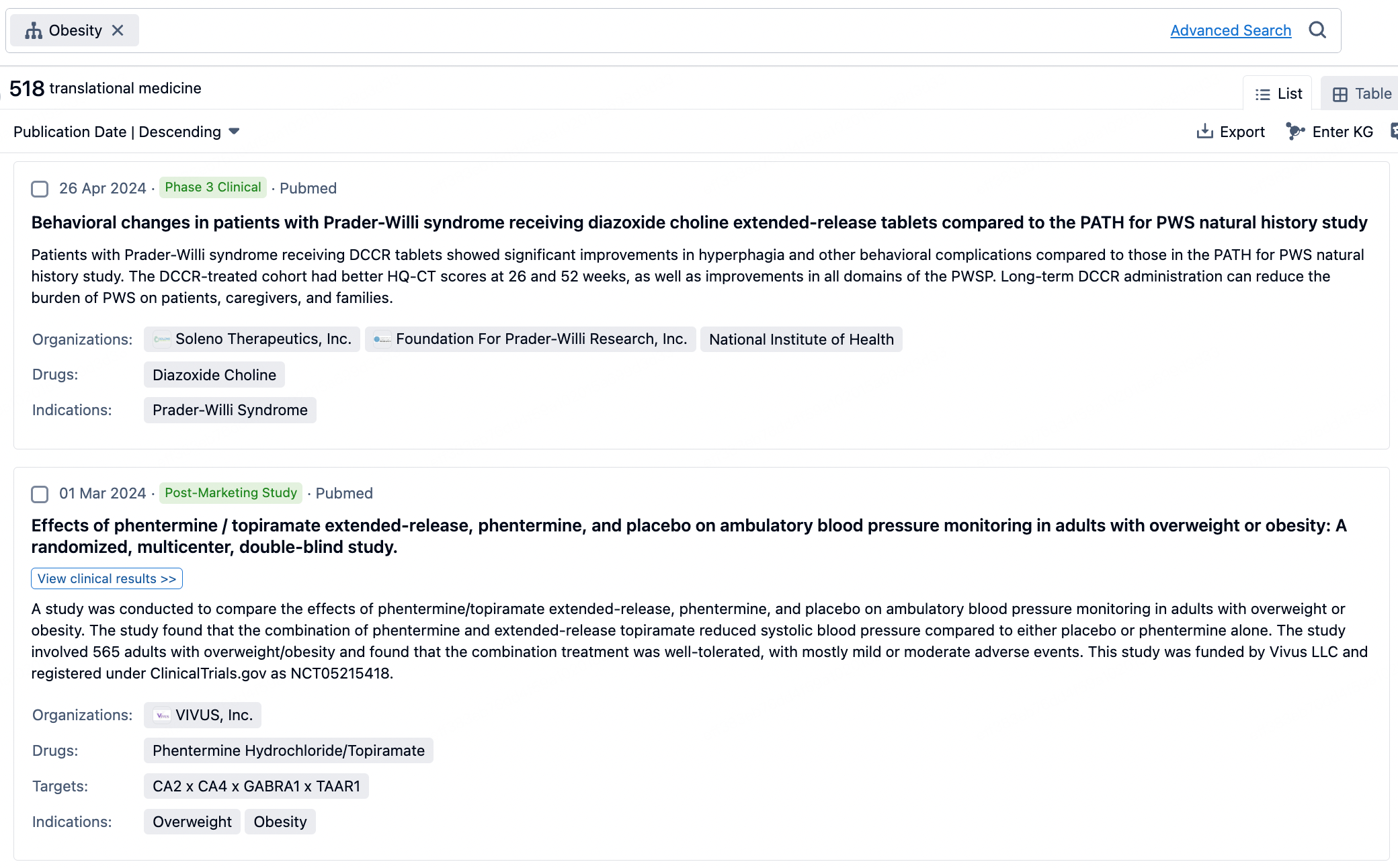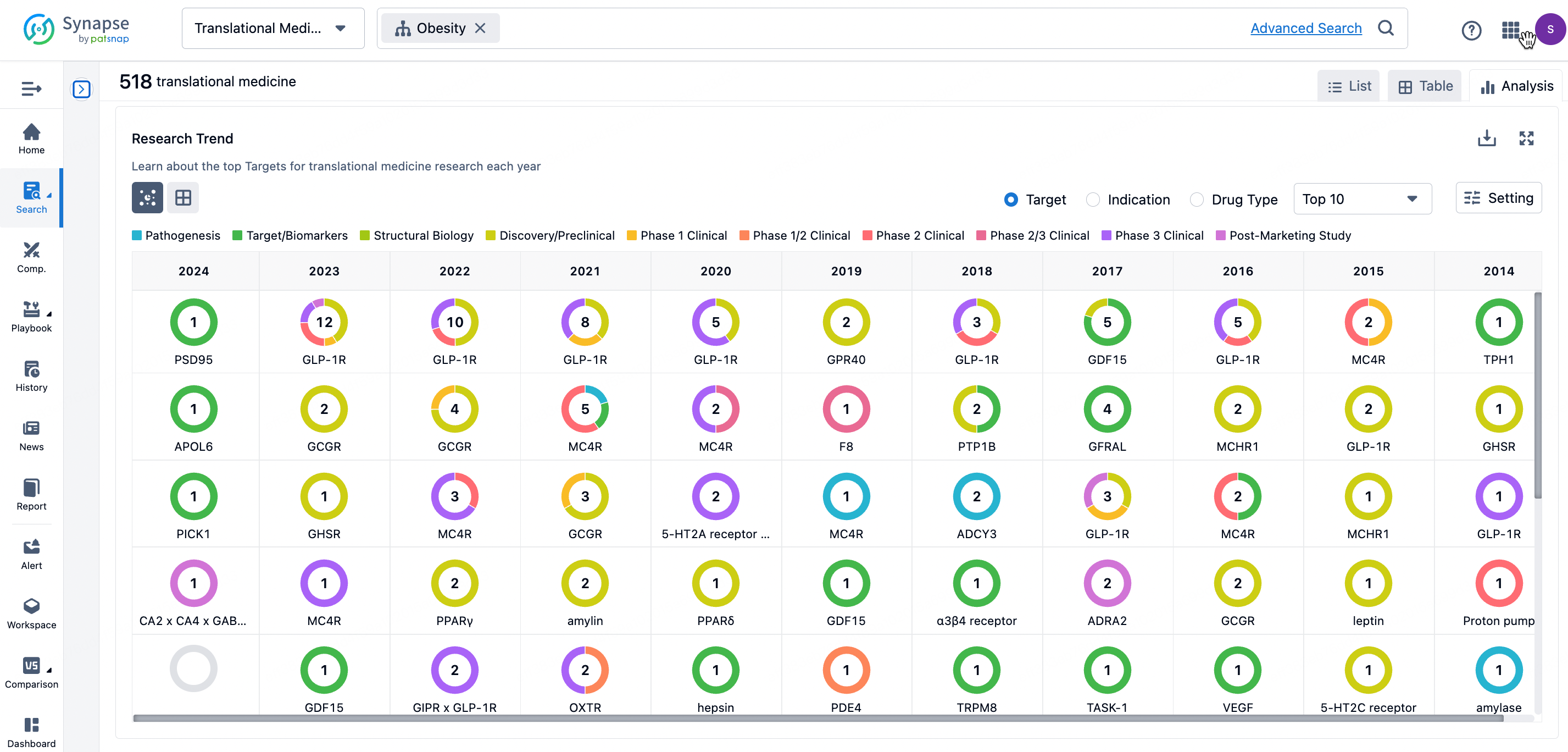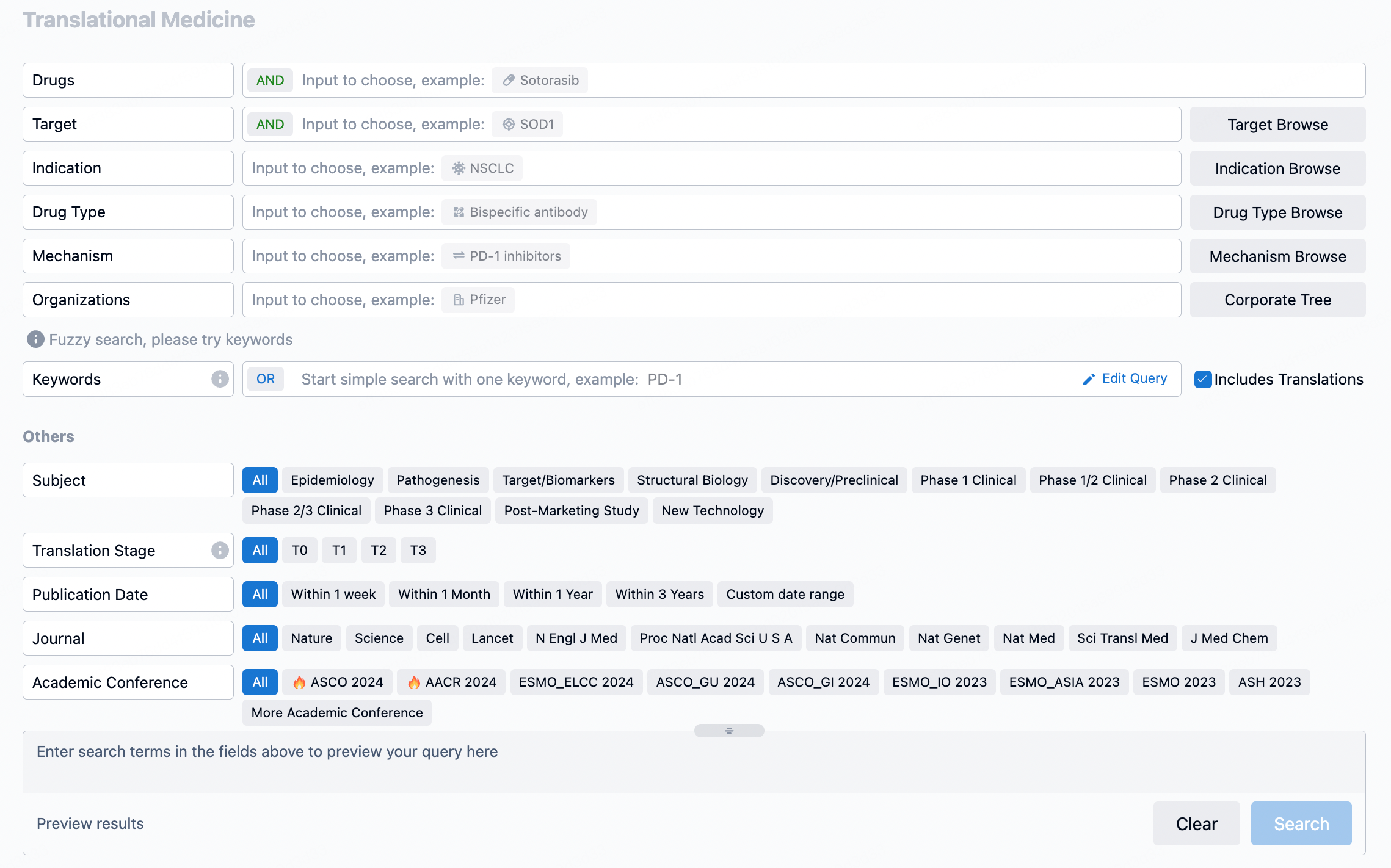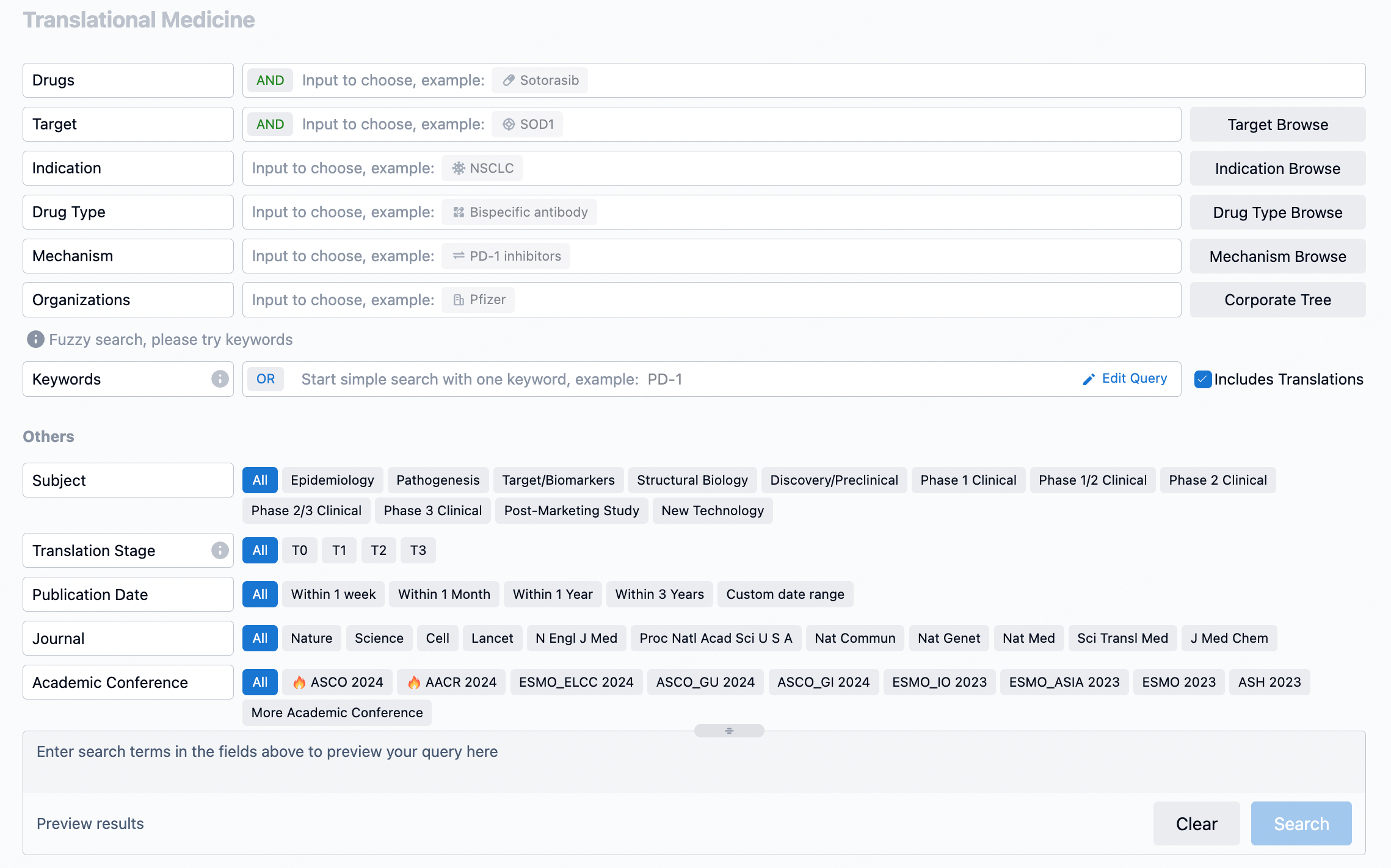Targeting CD73 with a Novel Antibody to Overcome Immunosuppression and Enhance T Cell Responses
Two humanized monoclonal anti-CD73 antibodies were created: CPX-006, which binds directly to the active site of CD73 with high affinity, and CPX-016, which inhibits CD73 allosterically. CPX-006 was shown to completely inhibit CD73 activity in cell assays, unlike CPX-016, which loses effectiveness at high ratios.
CPX-006 was effective in blocking T cell suppression induced by AMP in human PBMCs, with EC50 values indicating its potency in enhancing interferon gamma production and T cell proliferation.
Analysis of CD73 expression in various cancer types revealed heterogeneity in its presence on tumor, immune, and stromal cells. Notably, CD73 was expressed on tumor cells in a significant portion of adenocarcinoma NSCLC cases and to varying degrees in all examined tumor tissues.
The study introduces CPX-006 as a new therapeutic antibody that can fully inhibit CD73's enzymatic activity and restore T cell function. The widespread expression of CD73 in different tumor types suggests it could be a valuable target for immunotherapy.
How to Use Synapse Database to Search and Analyze Translational Medicine Data?
The transational medicine section of the Synapse database supports searches based on fields such as drug, target, and indication, covering the T0-T3 stages of translation. Additionally, it offers a historical conference search function as well as filtering options, view modes, translation services, and highlights summaries, providing you with a unique search experience.
Taking obesity as an example, select "obesity" under the indication category and click search to enter the Translational Medicine results list page. By clicking on the title, you can directly navigate to the original page.

By clicking the analysis button, you can observe that GLP-1R treatment for obesity has gained significant attention over the past three years, with preclinical research still ongoing in 2023. Additionally, there are emerging potential targets, such as GDF15, among others.

Click on the image below to go directly to the Translational Medicine search interface.

